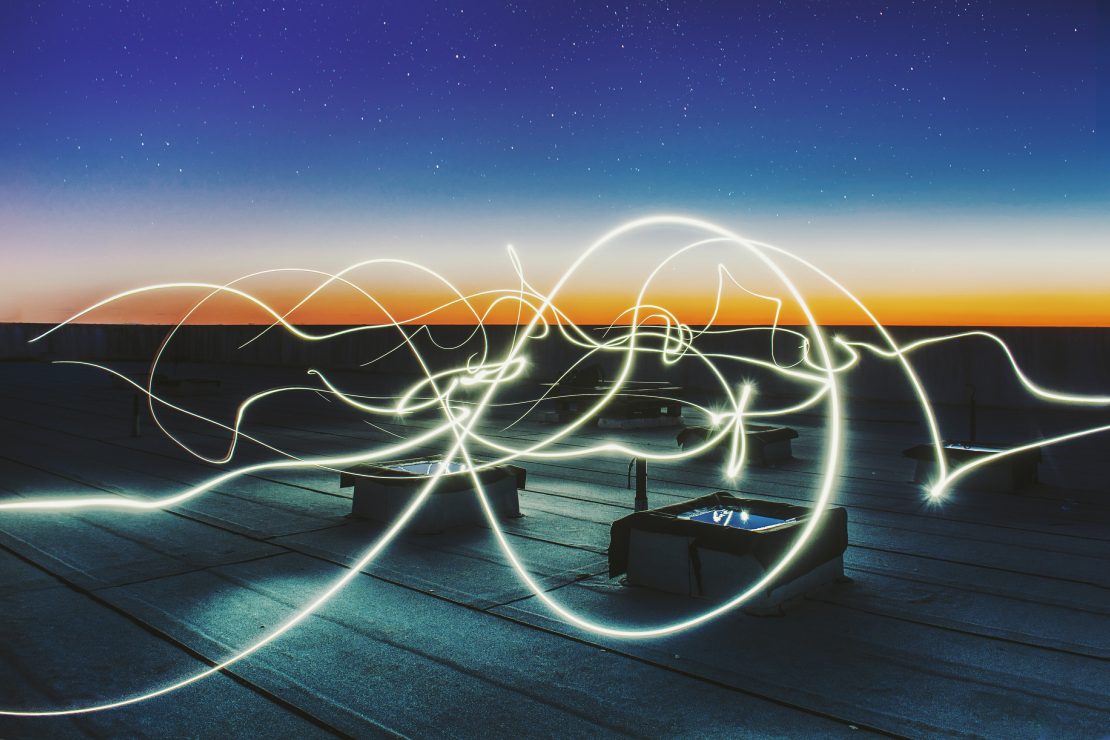How energy distribution is getting smarter with Smart Grid
When talking about the future of energy distribution, 'smart grid' often comes up. Smart Grid is a network of energy sources, storage and consumers that distributes energy smartly based on supply and demand. To optimise a smart grid is A.I. and Big Data are essential. Software can be the energy distribution mapping and analysing in order to make optimal use of the resources on the basis of predictions.


Enter the conversation with Koen!
IoT
One of the technologies enabling smart grids is Internet of Things. This technology allows devices to communicate with each other through smart software combined with hardware such as a Wi-Fi router and sensors. Through this connectivity, these devices enable consumers to make better choices in their energy consumption. It is also possible to accurately share energy consumption and storage with the environment in the smart grid.
Outside the home, IoT also plays a big role in forming an efficient energy network. Think of smart street lighting or charging stations. By equipping these with sensors and connectivity, they too can be put to better use.
Big data and AI
Another development that is helping smart grids is A.I. As we use more and more digital devices, more data becomes available about our energy consumption. In addition, computers are becoming faster and smarter, and it is possible to process large amounts of data in a fraction of a second. This allows A.I. models to predict the demand for energy and apply a more targeted distribution.
Decentralisation
Ultimately, a smart grid is a network of different energy sources, consumers and storage locations. Because these communicate with each other, it is possible to decentralise energy distribution. All solar panels, wind turbines and other sources together form the power plant for the entire grid. Within the grid, power is supplied from the user's nearest battery.
Benefits
Better for the environment
Setting up a smart grid encourages the use of green energy. Currently, green power sources are the largest supplier within the grid. Later, solar panels from homes/businesses will also join them. The green power sources are measured with sensors and efficiently distributed across the power grid.
Cost-effective
At the moment, it is still common to estimate energy consumption on the basis of the position of the meters in the home. This way, there is a big chance that too much or too little is billed. Modern sensors change this and give live insight into the active contribution and consumption of the energy grid. In this way, exact costs are always invoiced.
Scalable
Cities and neighbourhoods are always on the move. By decentralising energy sources, it is possible to move incrementally with growth. In addition, houses enriched with panels and batteries will also increase energy source and storage. Which makes the smart grid an organic scalable network.
Want to know more? Make an appointment with one of our experts.

